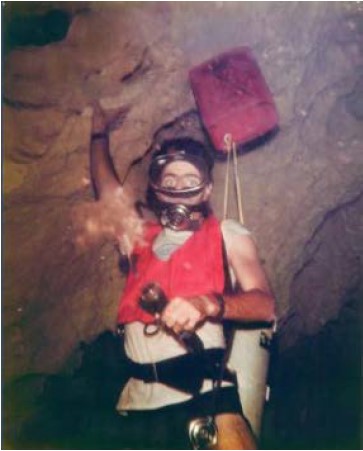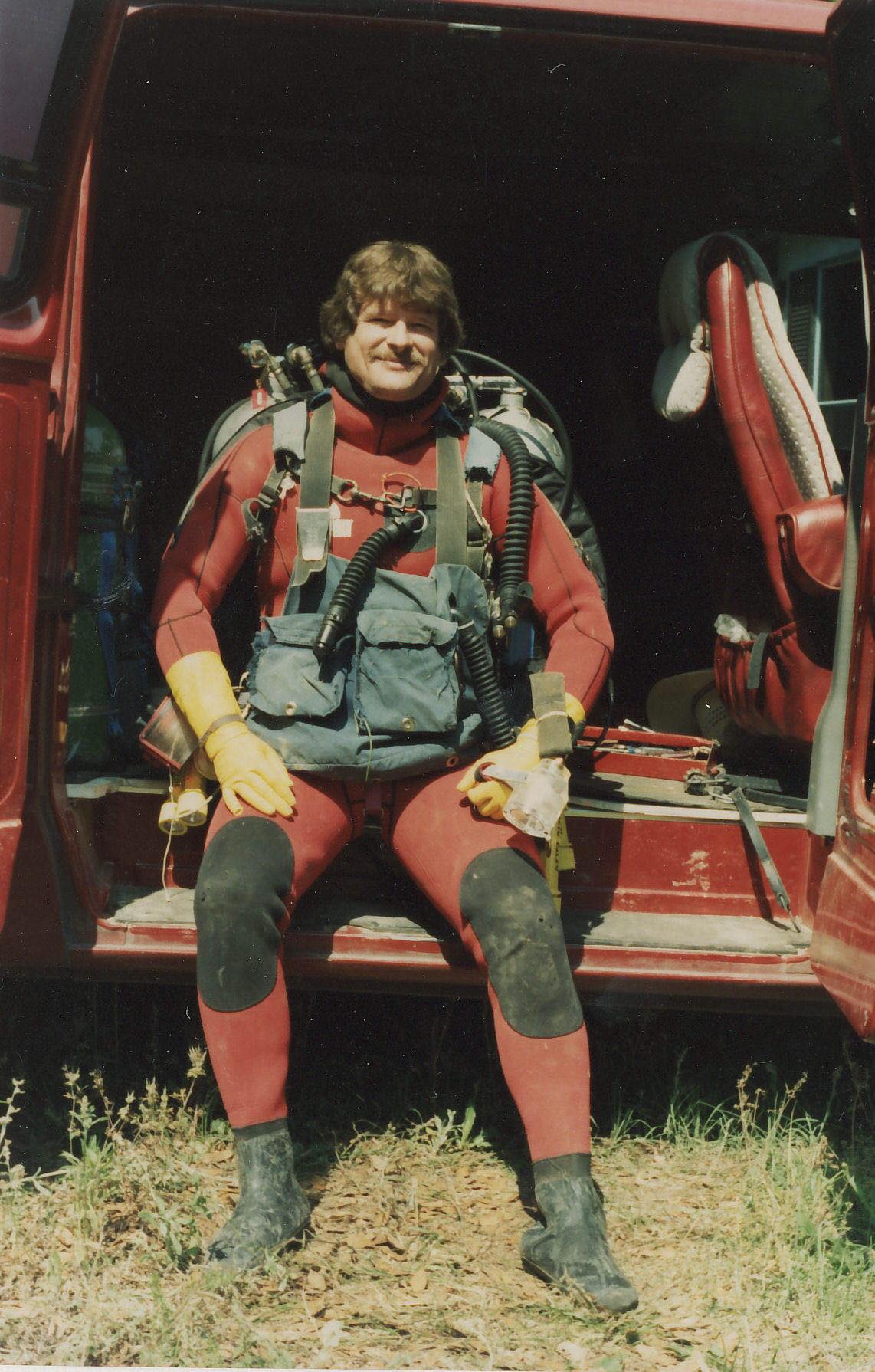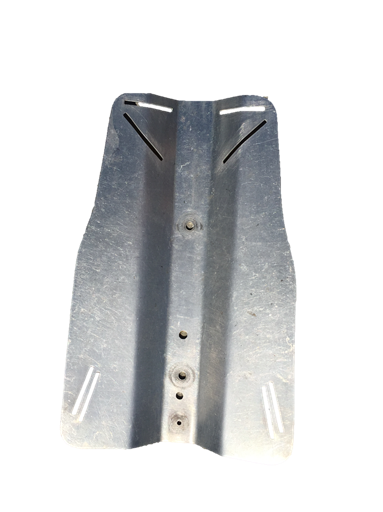The metal backplate has become the standard for many technical divers over the past few decades. Even though many new divers are told that diving with a metal backplate is the only way to dive by their instructors and friends, many are unaware of the history surrounding this piece of dive equipment.
Modern day backplates can be attributed to Greg Flanagan. Flanagan went through his cave training in the first NSS/CDS sanctioned cave course taught by Sheck Exley in the late 1970s. During this time, the preferred buoyancy compensator of North Florida cave divers was a Belly Bag, a chest mounted BC without an inflated collar behind the neck. Belly Bags necessitated using tank bands with a harness systems to carry the tanks. The bands and harnesses of the day did not allow the harness to be removed from the tanks and air fills meant the harness went into the fill tank with the cylinders only to drip water afterwards in the dive shop and in the diver’s vehicle, etc.

While wearing the Belly Bag, the diver was forced to balance himself on the bubble of air inside the bag. This technique made it very difficult to maneuver or make quick movements while maintaining trim in the water column. Even though the Belly Bag had many drawbacks, it was a huge improvement over using Clorox jugs filled with air for buoyancy that generations before had used. Although other jacket style BC’s were available that could be used with doubles they lacked adequate attachment points to carry primary light battery canisters, back-up lights, reels, etc. Throughout his dives, Flanagan continued to be frustrated with the Belly Bag and jacket style BC’s. During discussions with some of his good friends and dive buddies, Dr. John Zumrick and Bill Main, he realized that they also shared the same frustration with the Belly Bag.
Zumrick was a naval medical officer and traveled often to the west coast for work. During one of his trips to California, he saw an early back inflation system. This back inflation system was the WaterGill At-Pac. The At-Pac was designed for single tanks only and was widely rejected by most of the open water diving community because it was thought of as dangerous. Like Zumrick, Flanagan had seen the At-Pac and had actually used the similar Scubapro BCP, but the injection molded back packs used in both models made doubles ride too high on a diver’s back and were not conducive to mounting large double cylinders. Clearly a back mounted wing could solve many of the frustrations they had with the Belly Bag.

After much thought, Flanagan came up with the idea of sandwiching the wing between the double tanks with bands only and a detachable metal backplate to which the harness was attached. This kept the harness out of the fill tank at the dive shop, afforded unlimited attachment points for equipment, lowered the divers profile while swimming horizontally or passing through restrictions, and most importantly, placed the center of buoyancy around the diver’s center of gravity, instead of under it, achieving much greater balance and stability. Using a discarded road sign as the metal backplate, he built the first prototype back plate and used it for the remainder of his cave training and thereafter. The concept worked and once other divers saw and tried it within a short amount of time, Greg was making metal backplates for all his cave diving friends.

It is worth noting that Bill Main initially came up with the idea of placing D-rings on the shoulder straps and carrying a back-up light on each strap.
In the Spring of 1984, when Dive Rite was established, one of the first products that we offered was the aluminum backplate. Divers were making their own backplates, but there was no standardization. Seeing the demand, Dive Rite engineered a design based off Flanagan’s original and standardized the mounting holes at 11” on center. Over the years the design has only had a few changes, such as adding slots for cam straps or multiple mounting holes. When Flanagan made that first backplate in his garage, he could not have foreseen the impact he would have on the diving community for decades to come.










